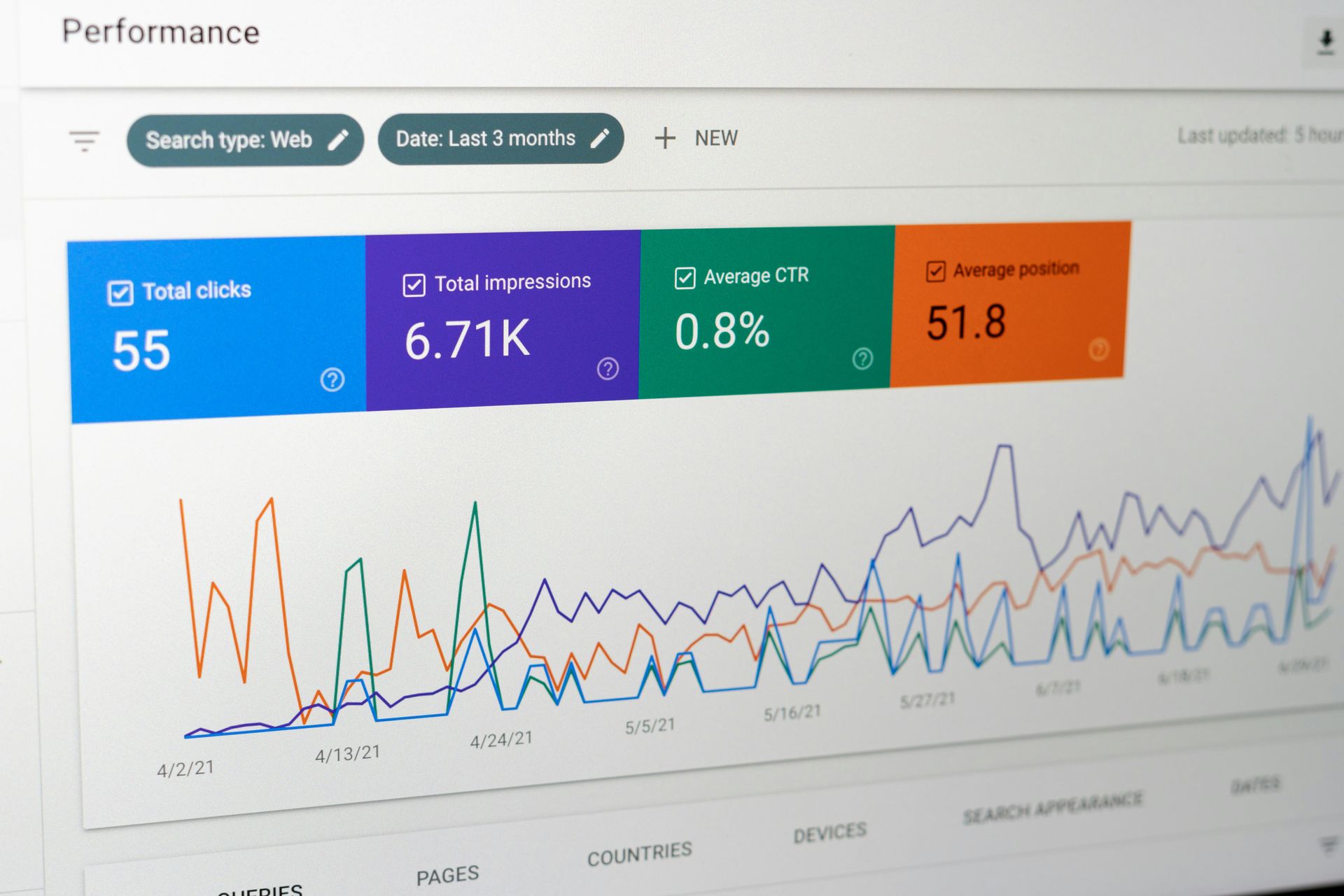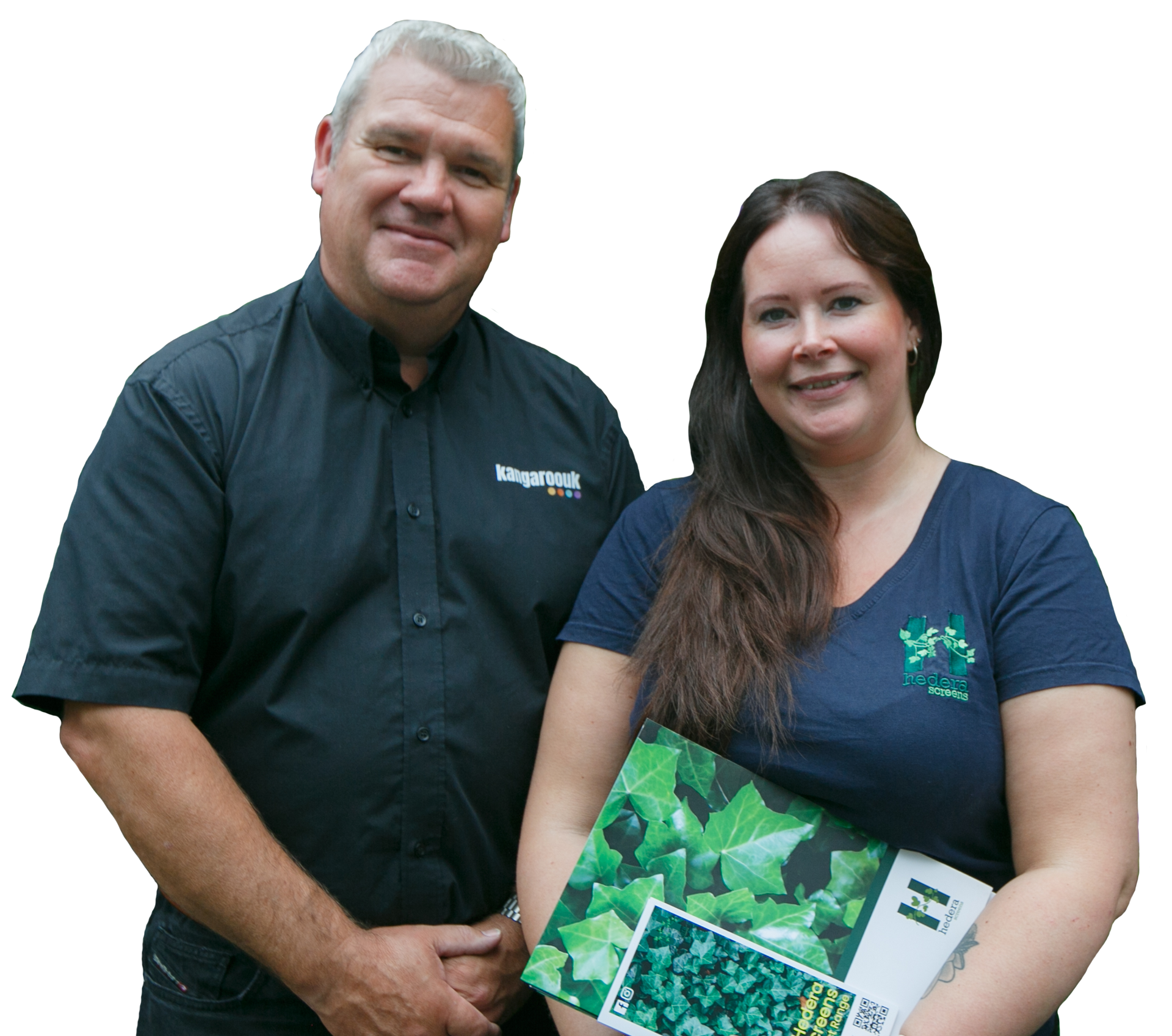How to use blog tags in Duda
Blog Tags – Why They Matter (and How to Use Them)
Adding tags to your blog posts is one of the most effective ways to help readers find what they’re looking for. Tags act like topic labels, grouping related posts together so users can easily filter your content. This simple step not only improves site organisation - it can also make your site more discoverable through search engines.
The Power of Blog Tags
Tags work alongside categories to organise your blog and create an intuitive experience for your audience. By tagging your posts, you allow visitors to filter articles by topics—whether they’re searching for “cycling,” “running,” or any other subject covered on your site.
When your posts are tagged, you can use tools like the "All Posts" widget to display only those articles that match a chosen topic. This makes it easy to customise the posts shown on different pages, ensuring nothing gets missed and every reader finds content that interests them.
How Tags Help SEO
Using tags helps search engines understand the specific topics and relevance of your posts. Well-chosen tags support your site’s internal organisation and link related content, which can improve time-on-site and engagement—indirectly benefiting your SEO by providing better user experience and more logical site structure.
Tips for Tagging Blog Posts
- Use only a few, highly relevant tags per post to avoid clutter.
- Choose tags that are real words or phrases people will actually search for.
- Make sure each tag relates to more than one post—avoid “one-off” or duplicate tags.
- Be consistent in naming across your site (for example, don’t use both “cycling” and “cycle” for the same topic).
Example: Tagging on a Fitness Blog
Suppose your blog covers “cycling,” “running,” and “swimming.” Tagging posts with these topics allows you to filter and display them on dedicated pages—such as showing only running tips on the Running page, or cycling advice on the Cycling page. This keeps your content organised and makes navigation simple for users.
How to Add Tags
To add tags, open your Blog panel, go to Post Settings for the relevant post, and enter one or two topic-based tags. Repeat for each blog post, and soon, filtering by tag in the All Posts widget makes site management and user navigation effortless.
Ready to improve your blog?
Tags offer a straightforward way to keep your posts organised and easy to find. By adopting tags, you enhance both your readers’ experience and the structure of your site - making your blog more user-friendly and discoverable.
Conclusion
In summary, adding thoughtful tags to your blog posts not only helps organise your content for readers but also supports your site’s SEO and discoverability. Don’t miss out on this simple yet powerful way to enhance your website’s performance and user experience.
Ready to take your SEO to the next level? Discover how our expert SEO solutions can help your website attract more visitors - learn more on our SEO landing page.










